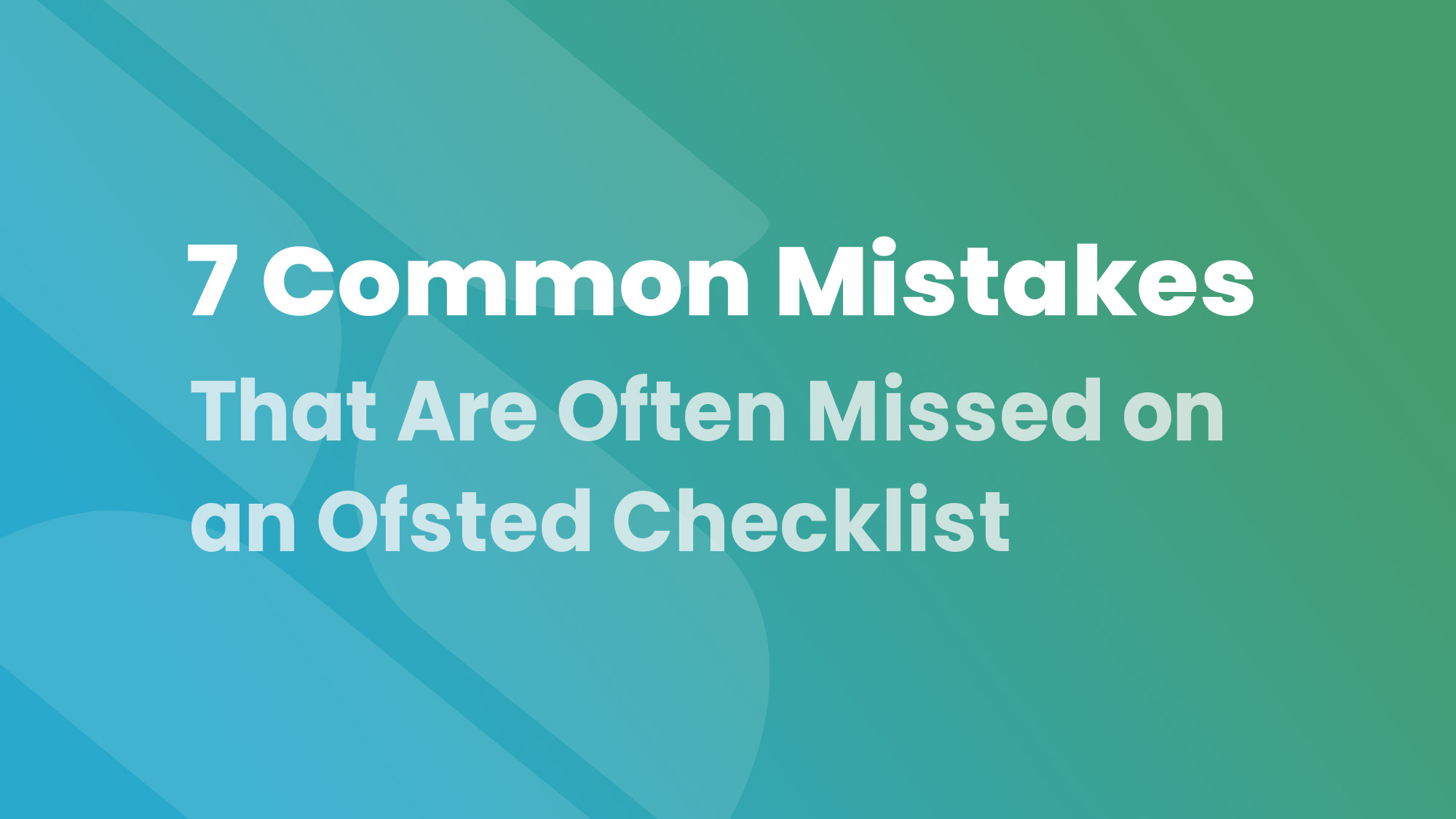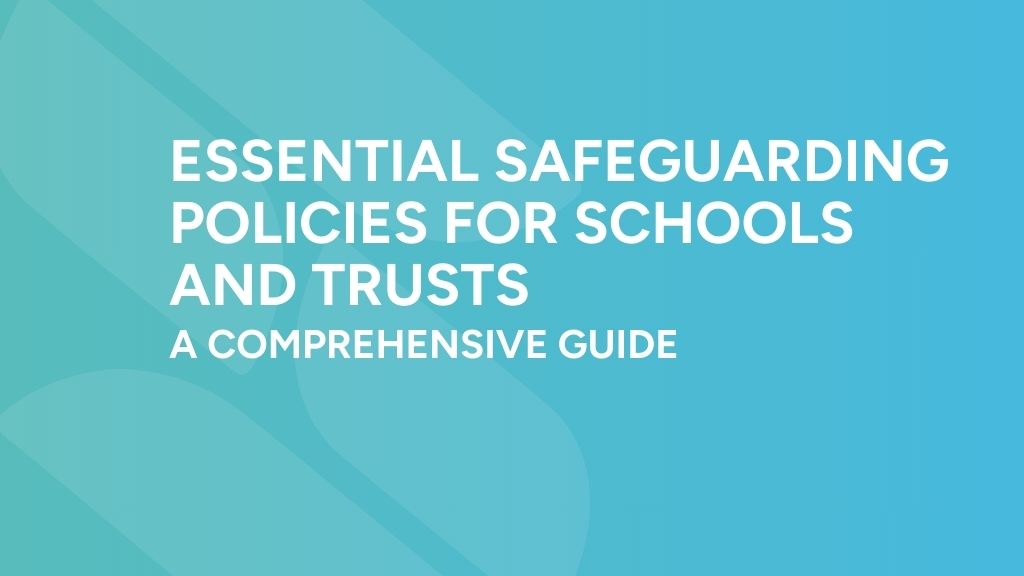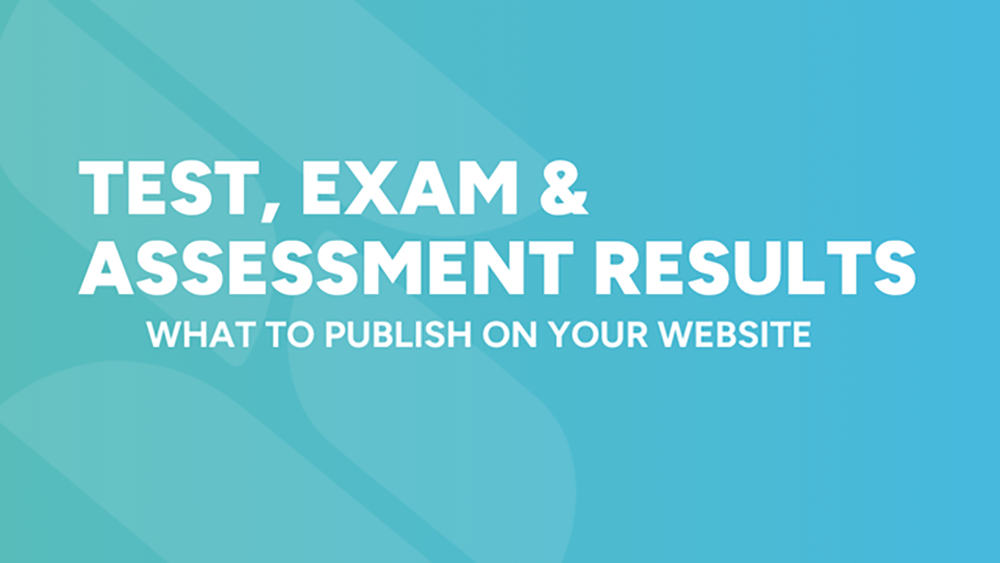School Contact Details and What to Publish on Your School Website
School Contact Details and What to Publish on Your School Website

Ensuring that your school’s contact details are clearly displayed on your website is a fundamental requirement for transparency and accessibility. Whether your school maintains its own website or uses an alternative platform to host statutory information, it is crucial to comply with the latest school website requirements.
In this blog we’ll tell you what contact details schools must publish, break down the requirements for maintained schools, academies and FE colleges and give you some best practice for presenting the information.
Contact Details Are Key
Your school website is the main point of contact between the school and its community. By publishing contact details accurately and accessibly you get:
- Compliance: Schools are required by law to display certain contact information to meet statutory requirements.
- Transparency: Easy to find contact details builds trust and confidence with parents, carers and the public.
- Accessibility: Clear contact information means parents and carers can get in touch with the right person or department quickly and easily.
Contact Details Statutory Requirements
Here’s what schools and academies must publish on their website:
What All Must Publish
Every school must publish:
What All Schools Must Publish
- Postal Address: The full address of the school so parents and carers know where the school is.
- Telephone Number: A main contact number for the school office or administration.
- Contact for Queries: The name of the member of staff who deals with queries from parents, carers and the public.
Maintained and Academy Schools
As well as the above, mainstream maintained and academy schools must publish:
- SENCO Contact Details: The name and contact details of the school’s Special Educational Needs Co-ordinator (SENCO).
Academy Schools and FE Colleges
Academy schools and Further Education (FE) colleges should also publish:
- Headteacher or Principal: The name of the headteacher or principal.
- Chair of Governors: The name and contact details of the chair of governors if applicable.
- Academy Trust Details: Contact details for the academy trust and the website if applicable.
Schools Without a Website
Schools that don’t have their own website must still publish all the above information. But they must host this information on an alternative website and make the URL and relevant details available to parents and carers. For example:
- Put the URL on printed materials like newsletters or handouts.
- Include the website address in emails to parents and carers.
It’s all about keeping it accessible and up-to-date.
Best Practice for Contact Details
Publishing contact details on your website is more than just meeting the statutory requirements. Here are some best practice to help you present the information clearly and professionally:
1. Contact Page
2. Include on Relevant Pages
A dedicated contact page is important but you should also include contact details on other key pages. For example:
- SENCO details should be on the SEND page, contact page and staff directory.
- Chair of governors details could be on the governance or leadership page.
3. Keep it Up-to-Date
Out of date contact details will frustrate parents and carers and erode trust. Set a reminder to review and update contact information on your website regularly.
4. Accessibility
Make sure the contact information is easy to read and accessible to all users, including those using screen readers. Don’t use small fonts or complicated layouts.
5. Multiple Formats
Provide contact information in multiple formats, such as clickable links for phone numbers and email addresses. For example:
- Telephone numbers should be clickable on mobile devices.
- Email addresses should open in the visitor’s default email app.
6. Personalisation
Include names and photos of key contacts, such as the SENCO or headteacher, to personalise your website and make it more welcoming. Parents and carers like to know who they are contacting.
7. Cross-link Relevant Information
Where possible, link contact details to other pages on your website. For example:
- Link the SENCO details to the SEND page.
- Link to the academy trust website on the governance page.
Schudio’s Top Tips
Schudio recommend:
- Include all the required information on the Contact Us page even if some of the information (like the chair of governors) isn’t mandatory for your school type.
- Don’t duplicate: Instead of repeating the information across multiple pages, use links to centralise the content and make updates easier.
- Follow best practice for external links: When linking to external websites, make sure the link opens in a new tab or window so visitors can get back to your school’s website.
Summary
Publishing contact details correctly is a simple but essential requirement for compliance and open communication with parents, carers and the public. By having a Contact Us page and including key information on relevant pages of your website your school can meet the statutory requirements and build trust and accessibility.
Whatever platform your school uses, make sure it’s up to date and easy to use. For more information on what your school website should have and how to meet all the statutory requirements see our School Website Requirements Guide.
Sources:

Related Posts
Families looking for a new school for their children often visit a ..
Ian Richardson
November 23, 2025
Ian Richardson
November 23, 2025
When preparing for an Ofsted inspection, many schools use a detailed Ofsted ..
Ian Richardson
November 11, 2025
Ian Richardson
November 11, 2025
When a prospective parent, Ofsted inspector, or even a member of your ..
Ian Richardson
September 9, 2025
Ian Richardson
September 9, 2025
Why safeguarding on your school website matters Safeguarding is one of the ..
Ian Richardson
August 25, 2025
Ian Richardson
August 25, 2025
The smart, safe way to support your compliance journey — without losing ..
Ian Richardson
August 19, 2025
Ian Richardson
August 19, 2025
Schools, academies, and colleges must publish performance measures to provide transparency about ..
Ian Richardson
July 5, 2025
Ian Richardson
July 5, 2025










